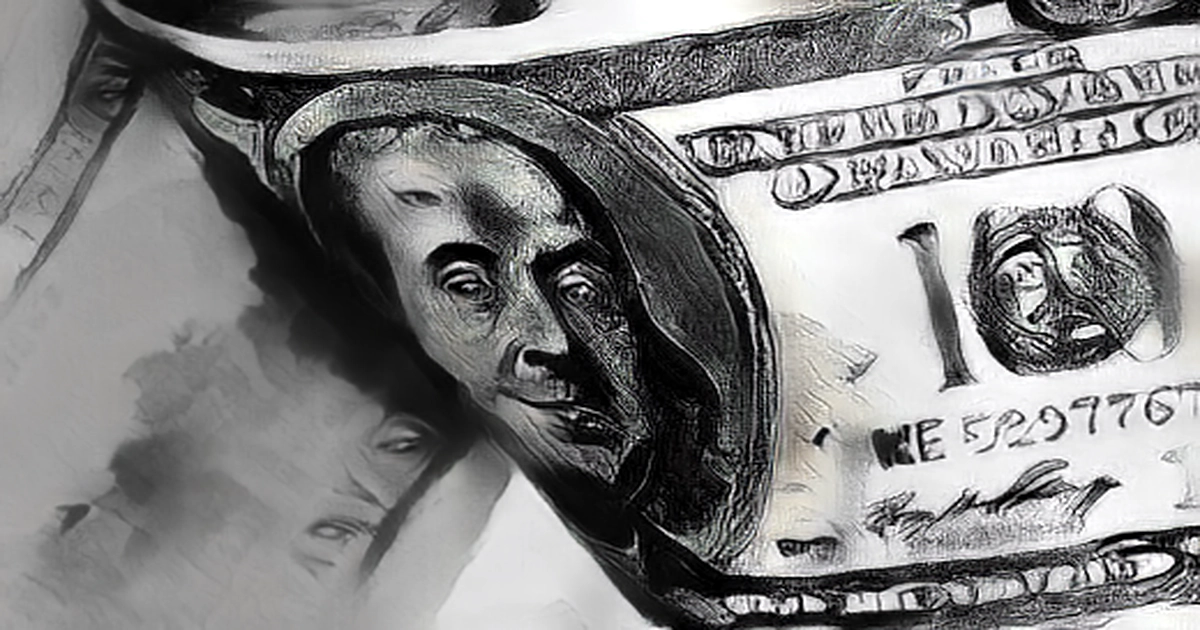
Market strategists polled by Reuters say the dollar will rebound against most currencies over the coming months, with the growing threat of a recession in the U.S. and elsewhere keeping it firm in 2023 through safe-haven flows.
While most people said there was not much scope for further dollar upside based on monetary policy, the threat of deeper than expected economic weakness and renewed inflationary pressure may cause investors to reach prematurely for riskier assets.
The dollar index was down over 5% in November, which was its worst month since September 2010, in part due to expectations that the U.S. Federal Reserve is about to slow the pace of its rate hikes and that an eventual pause is near.
According to calculations from the U.S. Commodity Futures Trading Commission data, speculative traders swung to a net short position on the dollar for the first time in 16 months in November.
The greenback will trade around current levels a year from now, and hold on to its near- 10% gains this year despite its recent setback, according to the Dec. 1 -- 6 Reuters poll of 66 foreign exchange strategists.
Nearly two-thirds or 33 of 51 strategists who answered an additional question said the greater dollar risk over the coming month was that it would rebound rather than fall further.
The investors may be positioned poorly to face a period which could be characterised by persistent core inflation pressures coupled with a possible recession in Europe and possibly the US next year, said Jane Foley, head of FX strategy at Rabobank.
We expect volatility levels to remain high in the coming months and expect it to be too early to fully capitulate USD bulls. While relatively better U.S. economic performance and higher interest rates helped the dollar to outperform nearly every currency, the trade based on rate differentials was mostly nearing its end.
Most major central banks, including the Fed, are expected to end their tightening campaigns in early 2023. An overwhelming 80% majority, or 42 of 51 respondents, said there was not much scope for the dollar upside based on monetary policy.
The survey shows that major currencies are not expected to recover their 2022 losses against the USD until at least late 2023, despite the dollar's recent pullback.
The forces that have supported the USD this year are valid despite the recent correction being lower. Athanasios Vamvakidis, head of the G 10 FX strategy at Bank of America, said that other currencies don't look as attractive yet.
After the Fed pauses, the USD remains strong early next year and starts a more sustained downward path. The risk is that inflation could be sticky on the way down, keeping the USD strong for longer. The euro was up 10% against the dollar since its September low but still down nearly 8% this year, and is expected to lose around 3% by the end of February to trade at $1.02. It was expected to move higher to trade around $1.07 in a year.
The Japanese yen is down nearly 20% for the year and is currently trading around 136.50 per dollar, and expected to change hands around 139.17, 136.17 and 132.67 per dollar over the next three, six and 12 months.
The pound, up more than 17% from its record low of $1.0382 in September, was expected to lose almost 5% in three months to trade around 1.16.
The poll showed that most emerging market currencies would lose value over the next six months despite the Chinese authorities relaxing some of their zero-COVID rules that fuelled expectations of a rebound in economic activity.
The Chinese yuan, which has gained around 5% since it reached its record low in November to trade below 7 per dollar, is expected to remain above that level over the next six months.
